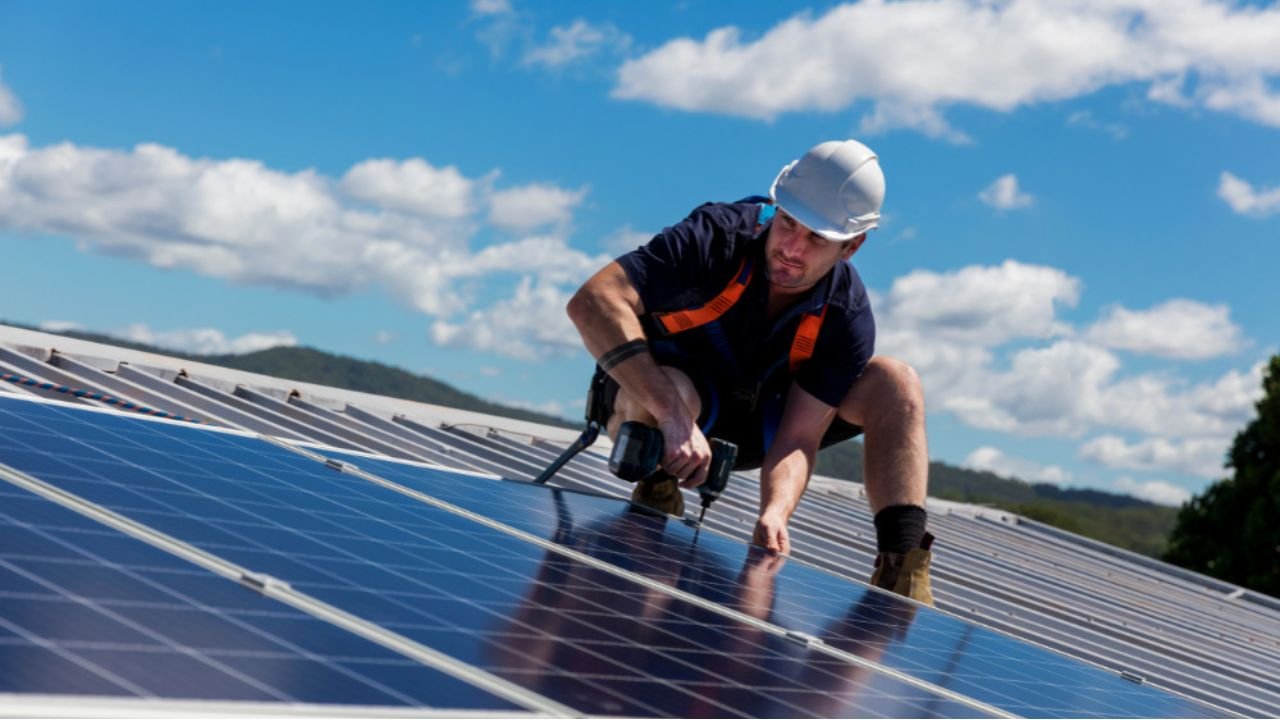Installing solar panels is a significant decision that can benefit your home and the environment. While the process offers long-term savings and sustainability, understanding the steps involved in the installation process can help ease any concerns and ensure a smoother experience. From the initial consultation to the final activation of your solar system, we will explore the typical stages of installation and what you can expect from solar companies during each phase.
The Initial Consultation and Site Assessment
- The Consultation: Understanding Your Needs
The process begins with an initial consultation, where a North Valley Solar Power representative visits your property to assess its suitability for solar panels. The company will review key aspects such as the condition of your roof, its orientation to the sun, and how much sunlight it receives throughout the day. They will also discuss your household’s energy consumption by examining past utility bills. This step helps the company understand your energy needs and design a tailored solar system.
During the consultation, the representative will take measurements and gather data to determine how many solar panels are needed for optimal energy production. They will also inspect the roof to ensure it is structurally sound enough to support solar panels. If repairs or reinforcements are necessary, this will be addressed upfront. This consultation allows the solar company to provide a detailed estimate, including the cost of installation, financing options, and the projected return on investment.
- Customizing Your System: From Assessment to Design
After the initial consultation, the next step is system design. The solar company will design a custom solar system based on the information gathered during the consultation. This design phase involves calculating the appropriate number of panels, inverters, and other components that match your energy needs. Using advanced software, the company will simulate different configurations to determine the best way to position the panels for maximum energy efficiency.
The design will also consider factors such as roof slope, shading from nearby trees, and the aesthetic impact of the panels. Depending on your needs, the solar company may suggest additional features, like energy storage options or monitoring systems. After finalizing the design, the company will present a layout showing where the panels will be installed on the roof. You can review and approve the design before proceeding with the next steps.
- Securing Necessary Approvals: Legal and Regulatory Compliance
Before installation can begin, the solar company will handle the permits and approvals your local government requires. These include building permits, electrical permits, and zoning approval, which ensure the installation complies with local building codes and safety regulations. The process of obtaining these permits can vary depending on your location and the complexity of your installation, but a reputable solar company will manage this process for you.
This stage may take several weeks, as local authorities need time to review and approve the proposal. The solar company will submit all required paperwork and communicate with the relevant agencies on your behalf. They will also handle any additional inspections or requests that may arise during the approval process. You will be informed of any delays or issues, and once the permits are in place, the company will schedule the installation.
- Preparing for Installation: What to Expect on the Big Day
Once permits are approved, the solar company will schedule the installation. The installation process typically takes one to three days, depending on the system’s size and the installation’s complexity. On the installation day, a crew of technicians will arrive at your home to begin work. They will start by preparing your roof, including removing old shingles or reinforcing the roof structure. They will also set up scaffolding and safety measures to ensure a secure working environment.
The solar panels will be mounted on the roof, and the wiring and electrical components will be connected to the system. During installation, the solar company will ensure the panels are securely attached and properly aligned to maximize sunlight absorption. If you’ve opted for additional features like battery storage, this will also be integrated during this phase. The technicians will ensure that all components are connected safely and that the system meets all electrical codes.
- Ensuring Everything Is in Order: Inspection and System Activation
After installation, a final inspection is required to verify that the system is up to code and functioning properly. The inspection is typically performed by a licensed professional from the solar company or a local government inspector. They will check the system’s electrical connections and safety measures and ensure everything complies with building regulations. If any adjustments are needed, the solar company will address them promptly.
Once the system passes inspection, it is ready for activation. The solar company will schedule a time to connect your system to the grid and ensure it functions correctly. This may involve a brief wait for utility company approval, but once everything is in place, the system will begin generating electricity. You will be given instructions on monitoring your system’s performance and any necessary maintenance requirements.
Installing solar panels involves several key stages, each essential for ensuring a successful outcome. Solar companies manage each step from the initial consultation and design phase to securing permits, installation, and final inspection to provide you with a reliable and efficient solar energy system. Understanding what to expect from solar companies during each phase prepares you and ensures a smoother transition to renewable energy. With the right support and information, you can enjoy the many benefits of solar power while contributing to a more sustainable future.



